-
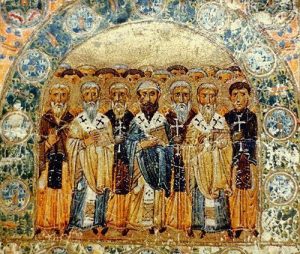
The Ecumenical involvement
of Christianity -
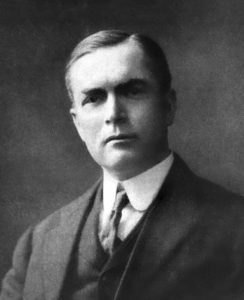
The World Christian Student Federation (WCSF)
-
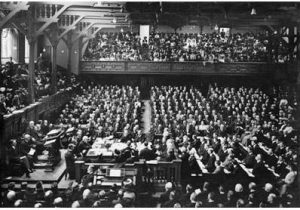
The 1910 World Missionary Conference, which was held
in Edinburgh -
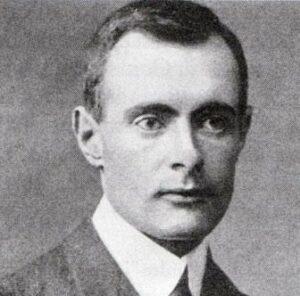
The International Missionary Council
-
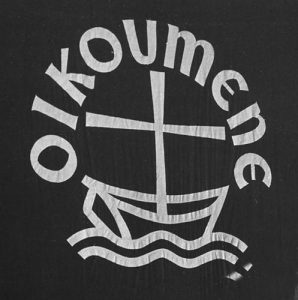
The World Council of Churches
-
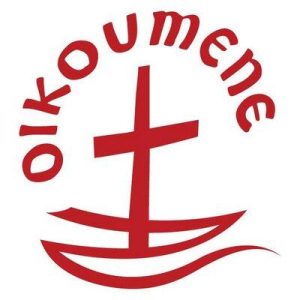
The Assemblies of
the World Council of Churches
since 1948 -
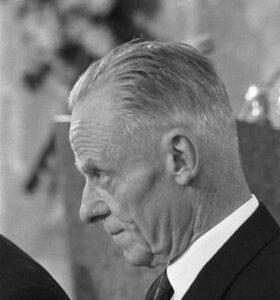
General Secretaries
of the World Council of Churches -
Willem Adolph Visser’t Hooft (1900-1985)
-

The French Protestant Federation (FPF)
-
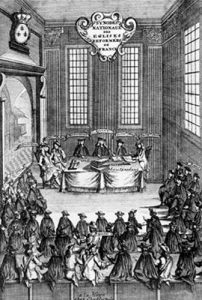
French Reformed Church
Protestant, Anglican and Orthodox intra-confessional Ecumenism

The beginnings of contemporary Ecumenism on the international level appeared in the late 19thcentury with Church and youth movements. They merged into an international movement: the World Christian Youth Federation (WCSF). The World missionary conference met in Edinburgh in 1910 and lay the foundations for a renewed dialogue between the different protestant churches. World conferences were set up. Their work was organised through commissions or permanent councils.
In 1937 about a hundred churches decided to create an ecumenical World Council of Churches (WCC). The First Assembly met in 1938, but, because of World War II, it was only established in Amsterdam in 1948, with its headquarters in Geneva. From then on the different conferences set up in 1910 progressively joined the WCC. It organises plenary assemblies every seven or eight years, while the number of member Churches increases as South American Churches are accepted. General Secretaries play an important part. Willem Visser’t Hooft who participated in creating the WCC was the first General Secretary. Originally the WCC was composed mainly of Protestant churches, though it soon aroused the interest of Orthodox Churches. The Catholic Church does not belong to the WCC but takes part in some work sessions.
In the early 20th century a number of Protestant Churches came together, especially in France because of its great variety of Churches. Thus, from 1945 on the French Protestant Federation offered to unite most Protestant Churches and associations. In 1938 a significant number of Reformed Churches assembled and formed the French Reformed Church (FRC). In 2013, after the Lutheran and Reformed Churches of Alsace and Moselle linked, the FRC and the French Lutheran Evangelical Church merged to create the French United Protestant Church.
